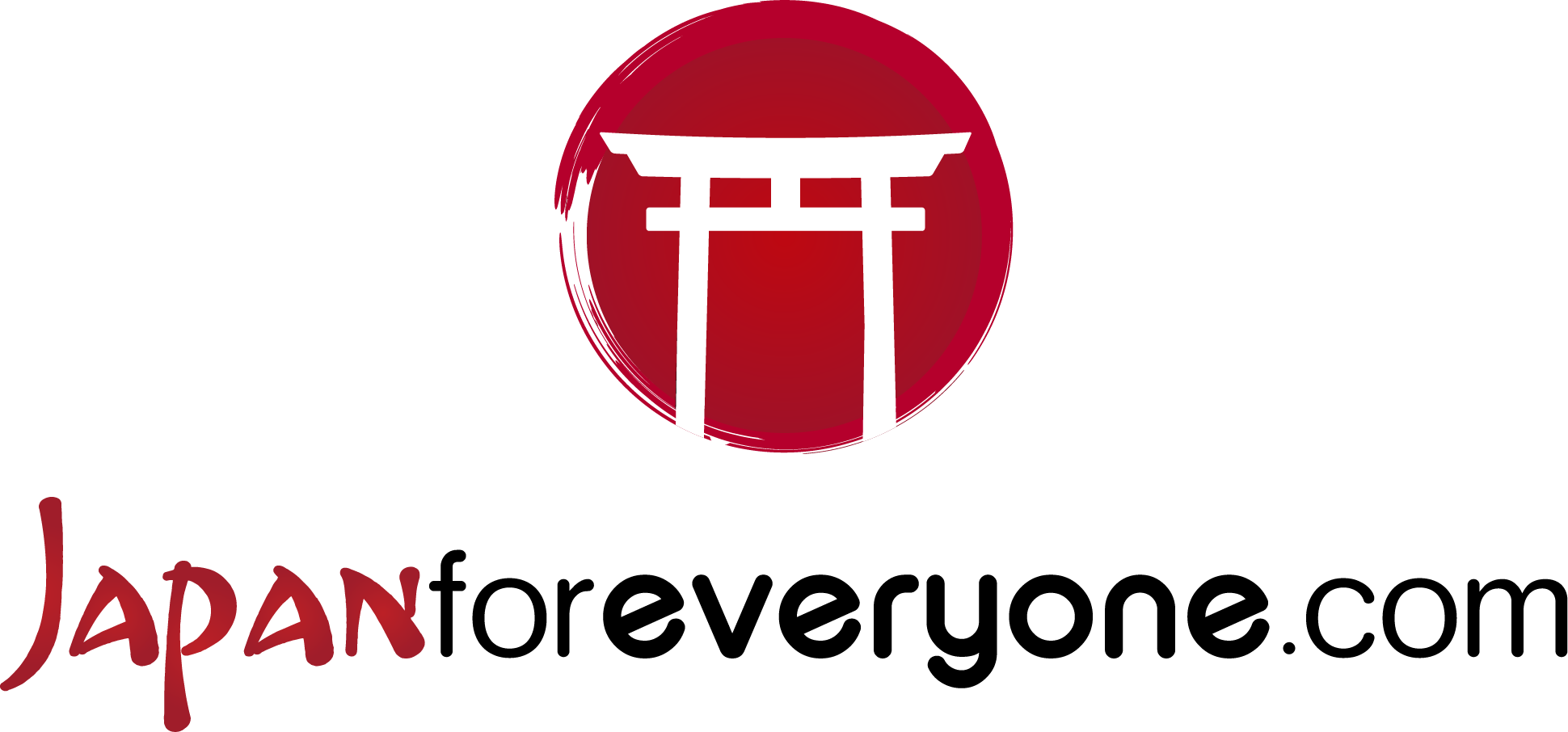Electricity, the sockets to use
The first question we have to ask ourselves is: do our electronic/electrical devices work in Japan? Yes, but some may have problems. There are two basic differences between Italy and Japan.
The first is the electrical socket. In Italy, various sockets are used, the Schuko (Type F and hybrid Type F+E), the one with two poles (Type C) and the one with three narrow and wide poles (Type L).
In Japan, on the other hand, a socket with two rectangular poles (Type A) is used, more rarely one with three poles (Type B).
This difference is easily overcome with an adapter. They can be found here in Italy in electrical shops, or online at Amazon. (you will find some links at the bottom of the page).
You can also buy them in Japan in department stores, 100 Yen Shop, or in specialised electronics shops such as Bic Camera or Yamada Denki.
In Italy, 230 V current is used at a frequency of 50 Hz.
In Japan, 100 V is used at a frequency of 50 Hz for the eastern part of the country (Tokyo, Sapporo, Sendai) and 60 Hz for the western part (Nagoya, Kyoto, Osaka, Hiroshima).

Don’t worry. Nowadays, most electronic devices come with power adapters that support voltages between 100 and 240 V and a frequency of 50/60 Hz.
To check whether your chargers will work in Japan, simply look at the label — you’ll almost certainly find the following: Input 100V–240V 50/60 Hz.
If you see this, you can be confident your device will work in Japan.
The problem arises when this label is missing. This usually happens with hair dryers that only work at 230V. However, there are hair dryers available on the market with a voltage switch.
If you don’t feel like bringing your own, don’t worry — most hotel rooms in Japan provide one.
Japanese sockets
Type A
No machine-readable author provided. Fg2 assumed (based on copyright claims)., Public domain, via Wikimedia Commons
Type B

Beware of the reverse operation. If you buy something in Japan, make sure the device supports 230V, otherwise you risk damaging the device itself once plugged into the socket.

